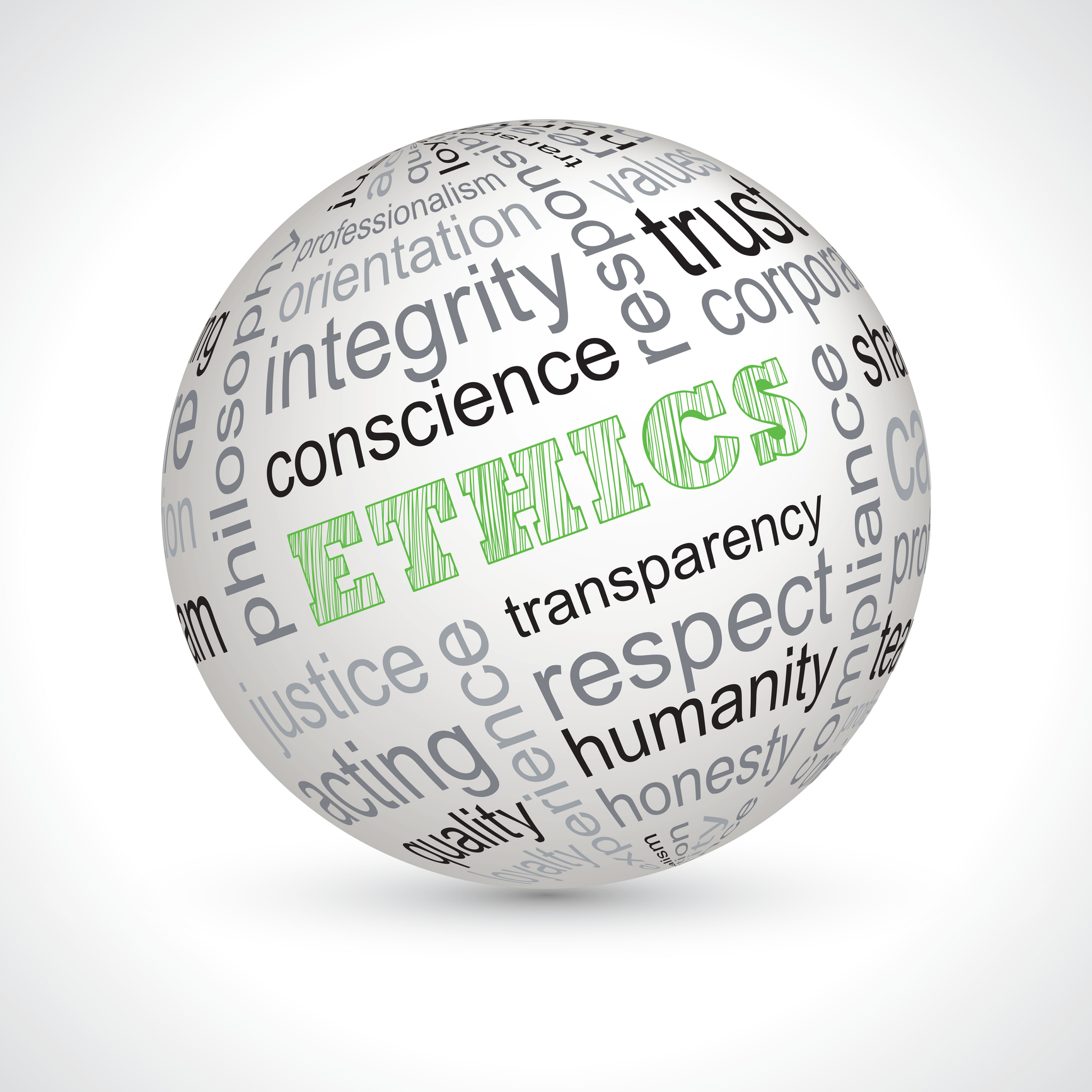January/February 2018
On Ethics
The Ethical Way To Design Autonomous and Intelligent Systems
 From the development of autonomous vehicles to the design of lifelike robots that can serve as personal assistants, technology is advancing rapidly to revolutionize and improve the quality of life. But are these systems safe? And are they designed with ethical principles in mind?
From the development of autonomous vehicles to the design of lifelike robots that can serve as personal assistants, technology is advancing rapidly to revolutionize and improve the quality of life. But are these systems safe? And are they designed with ethical principles in mind?
The IEEE Global Initiative on Ethics of Autonomous and Intelligent Systems has released the second edition of a guide to influence how stakeholders involved in the design and development of autonomous and intelligent systems are educated, trained, and empowered to prioritize ethical considerations of these technologies. The initiative recognizes that engineers and technologists perform under professional codes of ethics, such as the NSPE Code of Ethics, to address issues of ethical practice and public safety. The Ethically Aligned Design document should be used as a reference tool for scientific and engineering communities that want to prioritize ethical considerations in their work.
The goals of the initiative are to make sure that these technologies are deployed using the following principles: ensure that they don’t infringe on internationally recognized human rights; prioritize metrics of well-being in their design and use; ensure that their designers and operators are responsible and accountable; ensure they operate in a transparent manner; and minimize the risks of their misuse.
For instance, well-being metrics could test for unintended negative consequences that could diminish well-being as well as identify where intelligent technical systems would increase well-being. The initiative is also interested in embedding values into autonomous systems so that they can follow a community’s social and moral norms while evaluating systems to ensure that they don’t apply norms in discriminatory ways to different races, ethnicities, genders, ages, body shapes, or people with disabilities.
The initiative has 11 standards working groups that touch on topics such as Model Process for Addressing Ethical Concerns During System Design; Standard for Fail-Safe Design of Autonomous and Semi-Autonomous Systems; and Transparency of Autonomous Systems.
A finalized guide is scheduled to be released in 2019, after the initiative receives more input to incorporate into the guide.
Access a copy of Ethically Aligned Design: A Vision for Prioritizing Human Well-being With Autonomous and Intelligent Systems, Version 2 (IEEE, 2017).
NSPE’s Position on Autonomous Vehicles
NSPE Position Statement No. 1772—Because the development of autonomous vehicles will have profound impacts on the public health, safety and welfare, it is the position of NSPE that the testing and deployment of such technologies must include a licensed professional engineer.


 Volunteering at NSPE is a great opportunity to grow your professional network and connect with other leaders in the field.
Volunteering at NSPE is a great opportunity to grow your professional network and connect with other leaders in the field. The National Society of Professional Engineers (NSPE) encourages you to explore the resources to cast your vote on election day:
The National Society of Professional Engineers (NSPE) encourages you to explore the resources to cast your vote on election day:



